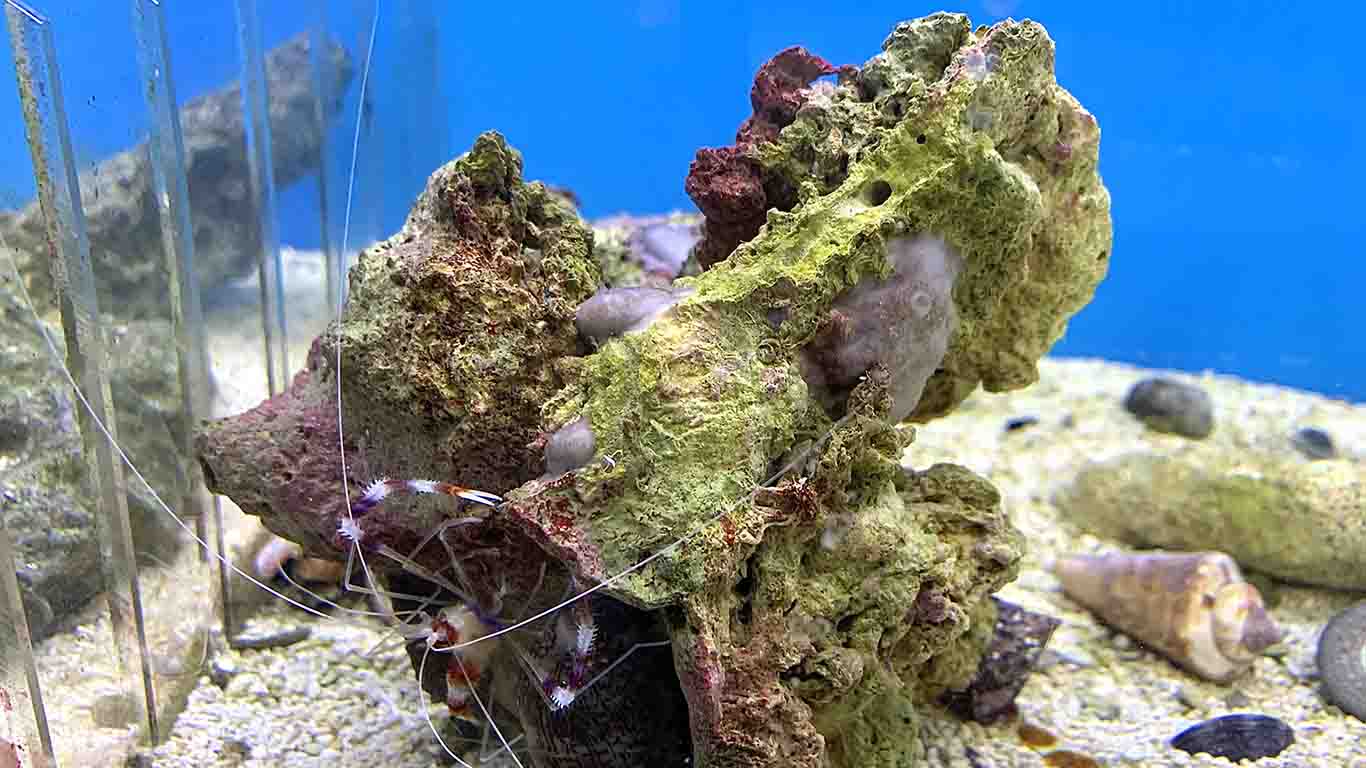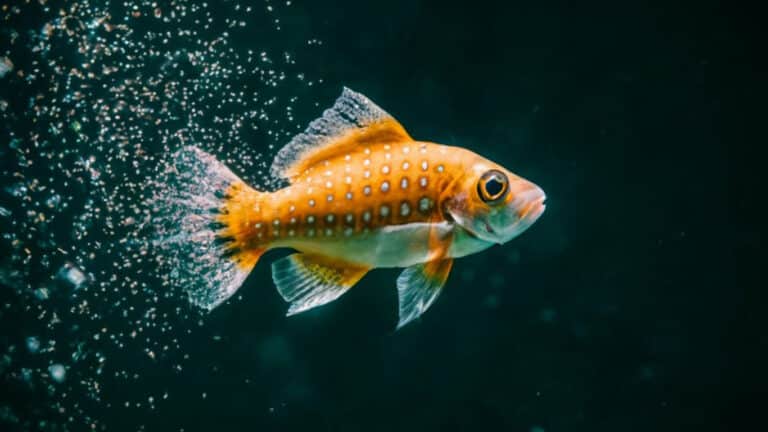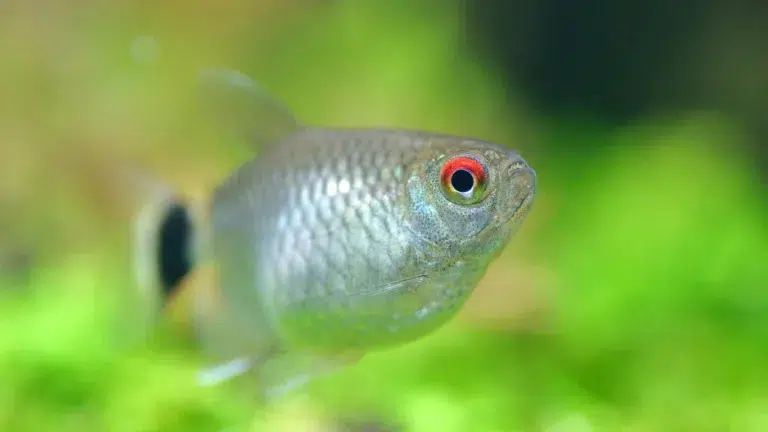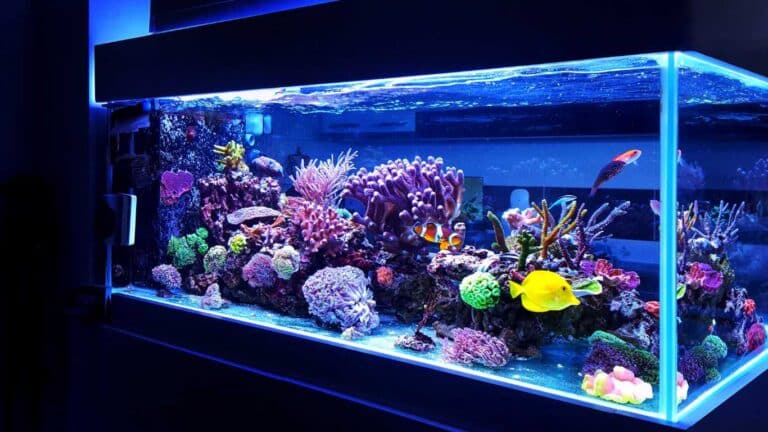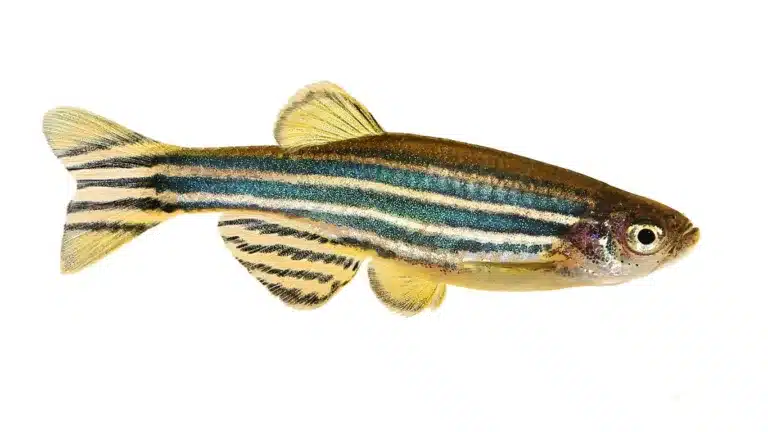Welcome to the captivating world of the live rock aquarium! Whether you’re a seasoned aquarist or just starting out, understanding the importance of live rock is key to creating a thriving saltwater tank. So, what is a live rock aquarium, and why is it so crucial? What is Live Rock Aquarium? In essence, a live rock aquarium refers to a saltwater tank that incorporates calcium-based rock as a fundamental component, serving as the backbone of a natural ecosystem. This type of aquarium goes beyond mere decoration, playing a vital role in maintaining stability and promoting the overall well-being of the aquatic environment.
Core Insights To Live Aquarium:
Live rock refers to calcium-based rock that serves as the backbone of a natural saltwater aquarium. It goes beyond mere decoration, playing a vital role in maintaining a stable and healthy ecosystem. From providing filtration to supporting the growth of corals, live rock is a fundamental component that contributes to the overall well-being of your tank.
The Importance of Live Rock in a Saltwater Tank
Live rock is a crucial component for maintaining a thriving saltwater tank. Its significance lies in its ability to provide essential functions that contribute to the overall health and balance of the aquarium ecosystem.
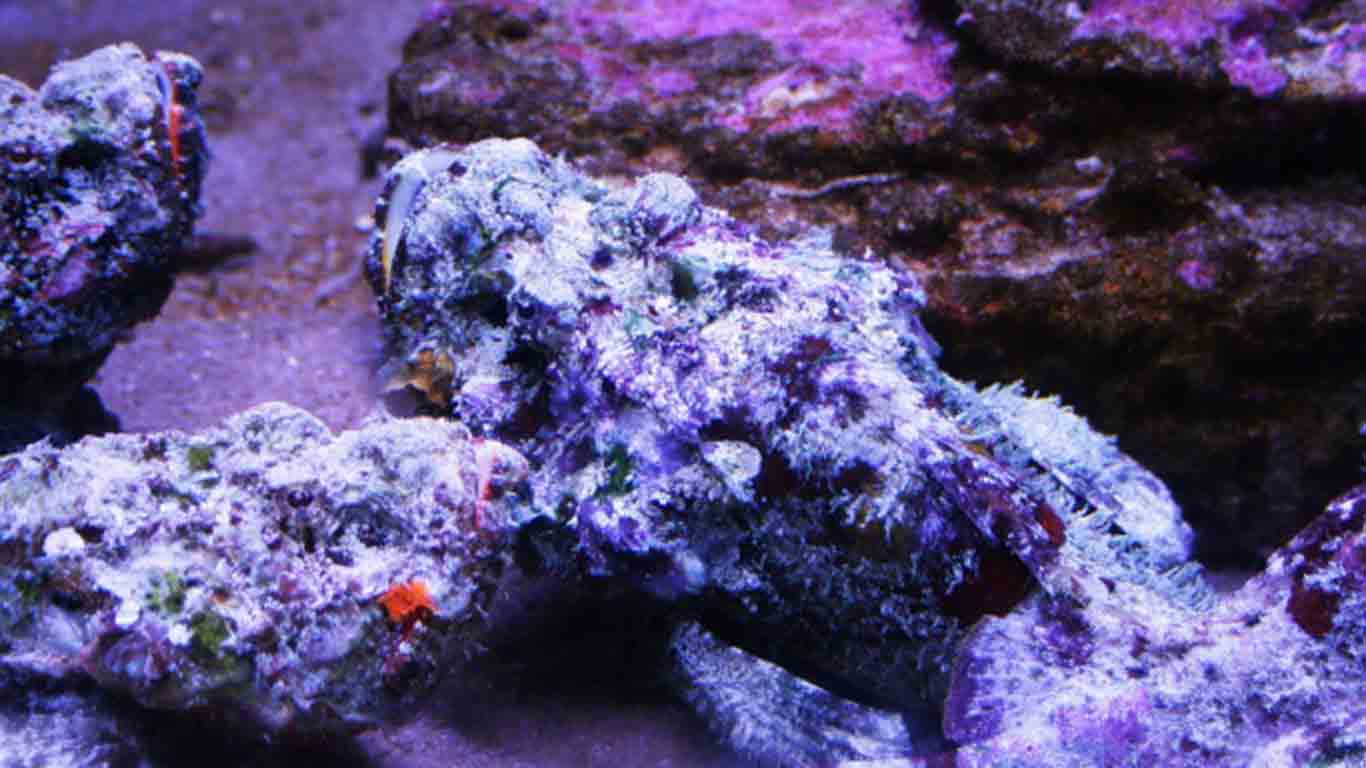
One of the key roles that live rock plays is biological filtration. The rock houses a diverse community of beneficial bacteria, which break down harmful substances such as ammonia and nitrites. This process ensures that water quality remains optimal, providing a safe and healthy environment for the marine inhabitants.
Live rock also plays a vital role in nutrient cycling. It helps prevent the accumulation of excess nutrients in the water, which can lead to unwanted algae growth. The organisms living on the rock consume these nutrients, effectively regulating their levels and maintaining a balanced ecosystem.
Furthermore to its filtration and nutrient cycling capabilities, live rock creates a natural habitat for marine organisms. It provides shelter, hiding places, and territories for fish, invertebrates, and other creatures. The rock’s complex structure and crevices offer a safe haven and promote biodiversity within the tank.
Moreover, live rock supports the growth and vitality of corals. It serves as a sturdy base for coral colonization and provides a substrate for attaching and spreading coral polyps. The rock’s porous nature also aids in the circulation of water around the corals, delivering essential nutrients and promoting their overall well-being.
To summarize, the importance of live rock cannot be overstated in a saltwater tank. Its biological filtration properties, contribution to nutrient cycling, creation of a natural habitat, and support for coral growth make it an indispensable element in maintaining a healthy and thriving aquarium ecosystem.
Choosing the Right Live Rock for Your Aquarium
When it comes to choosing live rock for your aquarium, there are a few important factors to consider. By selecting the right live rock, you can create a thriving and visually appealing saltwater ecosystem.
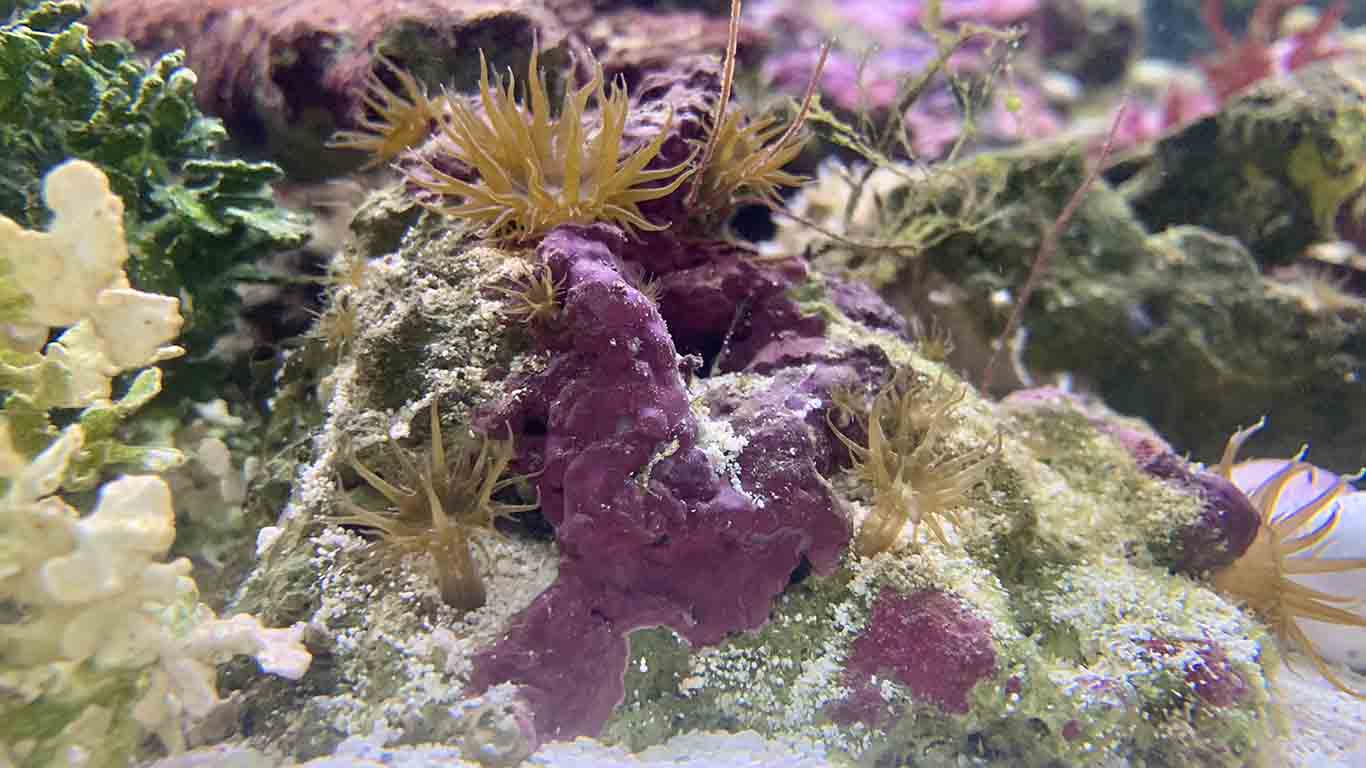
Porosity and Hiding Places
One crucial aspect to consider is the porosity of the live rock. Porous rocks provide excellent surfaces for beneficial bacteria colonization, aiding in biological filtration. Additionally, they offer more hiding places for your fish and invertebrates, providing a natural environment that promotes their well-being. When you visit your local aquarium store or browse online, look for rocks with visible pores and crevices.
Vibrant Colors and Signs of Growth
Another factor to look for when choosing live rock is vibrant colors and signs of growth. These indicate a healthy and thriving ecosystem. Brightly colored coralline algae and other encrusting organisms can add visual interest and contribute to the overall beauty of your aquarium. Opt for live rocks that display these signs of life, as they are more likely to be beneficial to your tank.
Consider Aquacultured Live Rock
Aquacultured live rock, which is grown in the ocean under controlled conditions, can be a great option. This type of rock is carefully cultivated to provide a high level of quality and suitability for marine organisms. Aquacultured live rock often comes with an established beneficial bacterial population, enhancing the filtration capabilities of your aquarium right from the start. When choosing live rock, inquire about aquacultured options to ensure you are making an environmentally friendly choice.
Inspect Used Rock Carefully
If you are considering purchasing used live rock from other aquarists, it’s essential to inspect it carefully before making a decision. Used rock can vary in quality and may come with potential risks such as pests or diseases. Look for any signs of unwanted hitchhikers, and if possible, ask the seller about the history and maintenance of the rock. By examining used rock closely, you can ensure a healthy and thriving aquarium for your marine life.
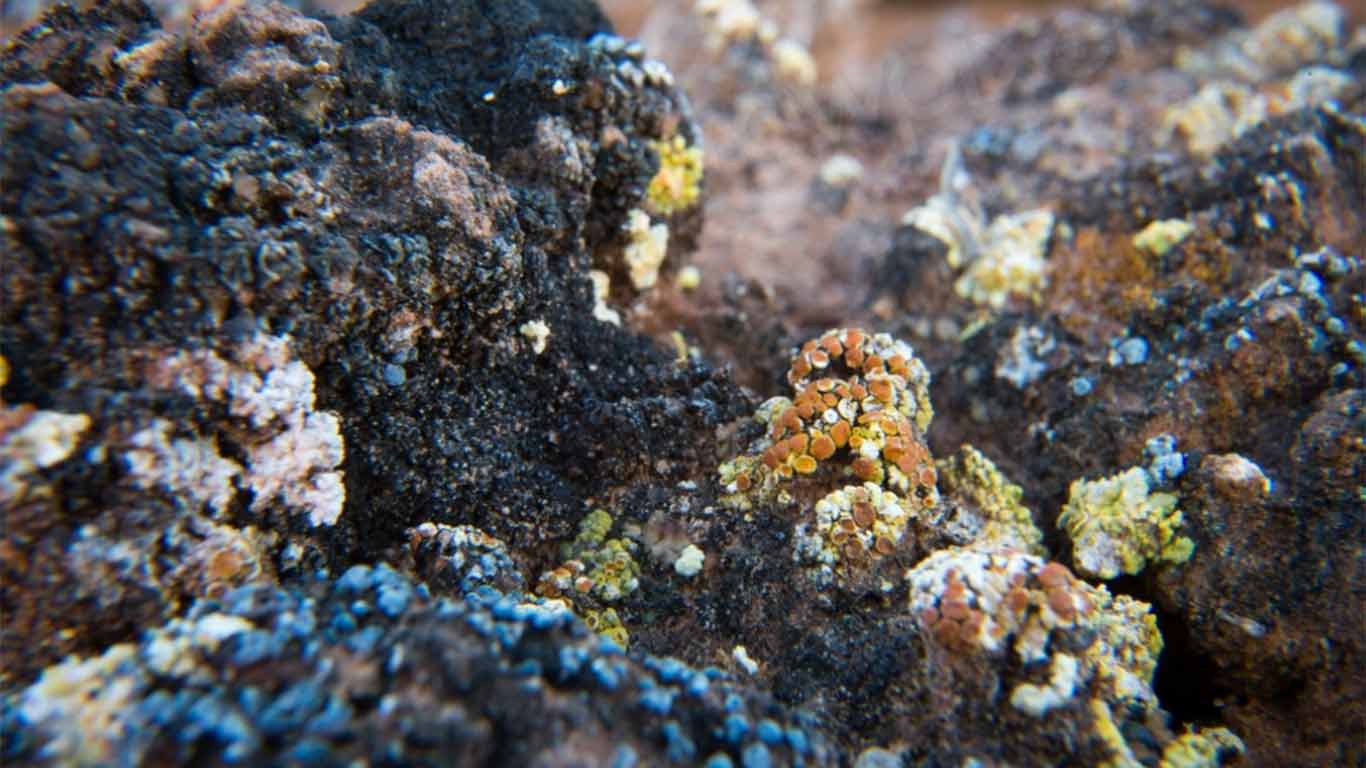
By considering factors such as porosity, signs of life, and aquacultured options, you can choose the right live rock for your aquarium. Selecting high-quality live rock will create a natural and visually stunning environment that supports the health and vitality of your marine ecosystem.
Live Rock vs. Artificial Rock in an Aquarium
When it comes to choosing the rock for your aquarium, you have two main options: live rock and artificial rock. Each has its own advantages and considerations to keep in mind. Let’s explore the differences between live rock and artificial rock to help you make the best decision for your aquarium.
Live Rock
Live rock is a popular choice among experienced saltwater aquarium enthusiasts, and for good reason. It offers several unique benefits that can contribute to the overall health and beauty of your tank.
- Natural Biological Filtration: Live rock is teeming with beneficial bacteria and microorganisms. It acts as a natural biological filter, breaking down waste and helping to maintain water quality in your aquarium.
- Diverse Community of Organisms: Live rock is a haven for various marine organisms, including copepods, amphipods, and other beneficial hitchhikers. These organisms contribute to the biodiversity of your tank and can provide a source of live food for your fish.
- Promotes Biodiversity: The intricate shapes and crevices of live rock create a habitat for a wide range of marine life. From small invertebrates to fish seeking shelter, live rock can enhance the natural environment in your aquarium.
- Visually Appealing: Live rock with its natural colors and textures can create a visually stunning underwater landscape. It adds depth and complexity to your tank, making it more aesthetically pleasing.
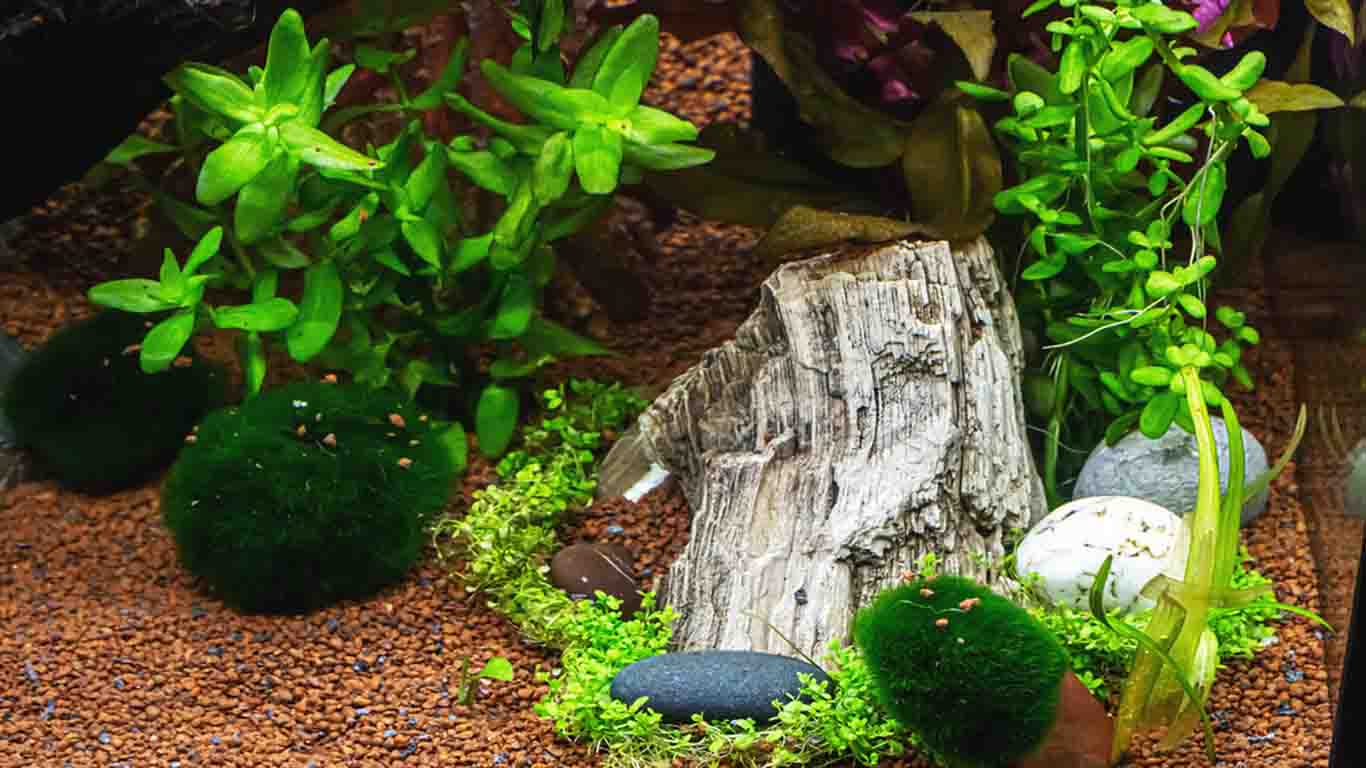
Artificial Rock
On the other hand, artificial rock offers a different set of advantages and considerations. While it may not provide the same level of natural biological filtration and biodiversity as live rock, it can still be a suitable option depending on your preferences and requirements.
- Aesthetic Flexibility: Artificial rock is often manufactured with specific designs, textures, and colors, allowing you to create a custom look for your aquarium. If you have a specific aesthetic in mind or want a more consistent appearance, artificial rock can fulfill your vision.
- Avoid Hitchhikers: Live rock might unintentionally introduce hitchhikers like nudibranchs, mantis shrimp, or invasive algae species to your tank. Artificial rock eliminates this risk, offering a clean slate without any unexpected guests.
- Potential for Reduced Cost: In some cases, artificial rock can be more cost-effective compared to live rock. This affordability may be appealing if you have budget constraints or are setting up a larger aquarium.
In brief, live rock and artificial rock each have their own advantages and considerations. Live rock provides natural biological filtration, promotes biodiversity, and creates a visually appealing underwater landscape. On the other hand, artificial rock offers aesthetic flexibility, eliminates the risk of hitchhikers, and can be more affordable. Consider your priorities and the specific needs of your aquarium when deciding between live rock and artificial rock.
Join the Pet Planet Diaries
Sign up for our newsletter to get the latest tips, stories, and exclusive insights into the wonderful world of pets.
Setting Up a Live Rock Aquarium
Setting up a live rock aquarium is an exciting endeavor that requires careful planning and consideration. By following these steps, you can create a thriving and beautiful saltwater tank:
Determining the Recommended Amount of Live Rock
Before diving into the setup process, it’s crucial to determine the appropriate amount of live rock for your specific tank size. As a general rule of thumb, aim for 2-3 pounds of live rock per gallon of water. This ensures better filtration and provides ample shelter for your fish.
Consider Using a Protein Skimmer
Moreover to live rock, incorporating a protein skimmer into your setup can offer added stability and resilience to your tank. A protein skimmer helps remove organic waste and other impurities, keeping your water quality in check and reducing the maintenance required.
Quarantine and Treat New Live Rock
When introducing new live rock to your aquarium, it’s essential to quarantine and treat it to eliminate any potential pests. This process helps safeguard the health of your existing marine life and prevent the introduction of harmful organisms into your tank. Follow industry best practices and consult with experts to ensure proper quarantine and treatment protocols.
Arranging Live Rock for Optimal Water Flow and Hiding Places
Once your live rock is ready to be placed in the tank, take the time to arrange it strategically. Consider the flow of water within the aquarium and arrange the rocks in a way that maximizes water circulation. This promotes efficient filtration and helps maintain stable water parameters. Additionally, create hiding places within the rock structure to provide a safe haven for your fish.
| Steps | Action |
|---|---|
| 1 | Determine the recommended amount of live rock based on your tank size. |
| 2 | Consider using a protein skimmer for added stability and water quality control. |
| 3 | Quarantine and treat new live rock to eliminate potential pests. |
| 4 | Arrange live rock to maximize water flow and provide hiding places for fish. |
Setting up your live rock aquarium is an important initial step towards creating a thriving and visually appealing saltwater ecosystem. Putting in the effort to carefully plan and execute the setup process will greatly contribute to the long-term success of your aquarium.
Maintaining a Live Rock Aquarium
Proper maintenance is essential to ensure the long-term health and vitality of your live rock aquarium. By regularly monitoring water quality, performing water changes, cleaning the rock, and maintaining adequate flow, you can create an optimal environment for your marine ecosystem.
Regular Water Testing
Regular water testing is crucial for monitoring the levels of ammonia, nitrite, and nitrate in your aquarium. These parameters directly impact the health of your fish, invertebrates, and corals. Use reliable test kits to measure these parameters and take prompt action if any levels are outside the recommended range.
Water Changes
Performing regular water changes helps maintain water quality and control nutrient levels in your live rock aquarium. Aim to replace about 10-20% of the water every 2-4 weeks, depending on the specific needs of your tank. This practice helps remove accumulated waste and replenishes essential minerals and trace elements.
Cleaning the Live Rock
Periodically cleaning the live rock is necessary to remove debris and algae buildup. Use a soft brush or toothbrush to gently scrub the rock’s surface, being careful not to dislodge any attached organisms or corals. Avoid using any chemicals or cleaners, as they can be harmful to the delicate balance of your aquarium.
Inspecting for Pests
Regularly inspect the live rock for any pests or hitchhikers that can potentially harm your tank’s inhabitants. Look out for unwanted organisms like bristle worms, flatworms, or mantis shrimp. If you spot any pests, take necessary measures to remove them promptly to prevent any potential damage to your marine ecosystem.
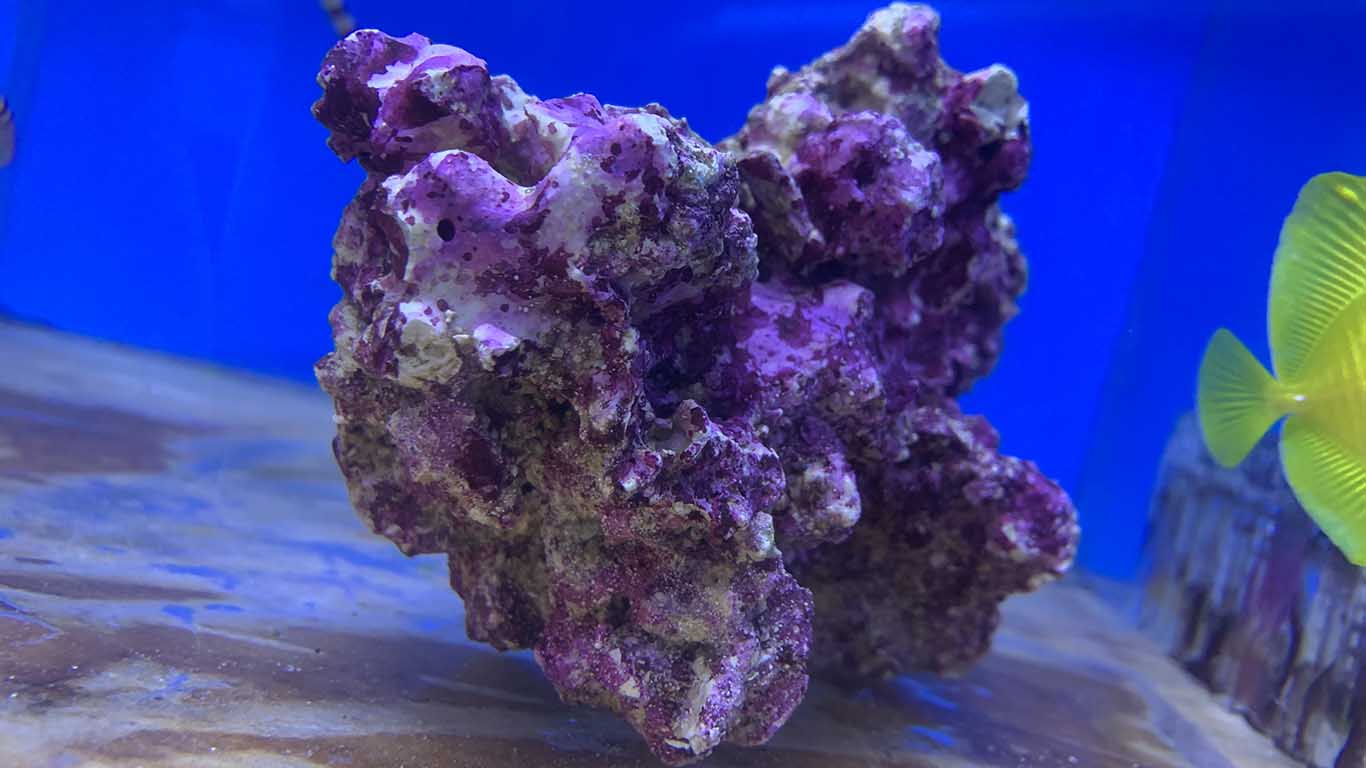
Maintaining Flow and Filtration
Adequate flow around and through the live rock is essential for effective filtration and nutrient exchange in your aquarium. Use powerheads, circulation pumps, and wavemakers to create a gentle but continuous water movement. This helps prevent dead spots and promotes the growth of beneficial bacteria on the rock’s surface.
By following these maintenance practices, you can ensure the longevity and health of your live rock aquarium. Remember to make routine maintenance a part of your aquarium care schedule to keep your marine ecosystem thriving.
| Maintenance Tips | Description |
|---|---|
| Regular water testing | Monitor ammonia, nitrite, and nitrate levels to maintain optimal water quality. |
| Perform water changes | Replace 10-20% of the water regularly to remove waste and replenish essential minerals. |
| Clean the live rock | Gently scrub the rock’s surface to remove debris and algae buildup. |
| Inspect for pests | Regularly check for unwanted organisms and take appropriate measures to remove them. |
| Maintain flow and filtration | Ensure adequate water movement around and through the live rock for effective filtration. |
Keep in mind that every aquarium is unique, and it’s important to understand the specific needs of your live rock ecosystem. Regular observation, experimentation, and adjustments will help you create a thriving and beautiful aquatic environment.
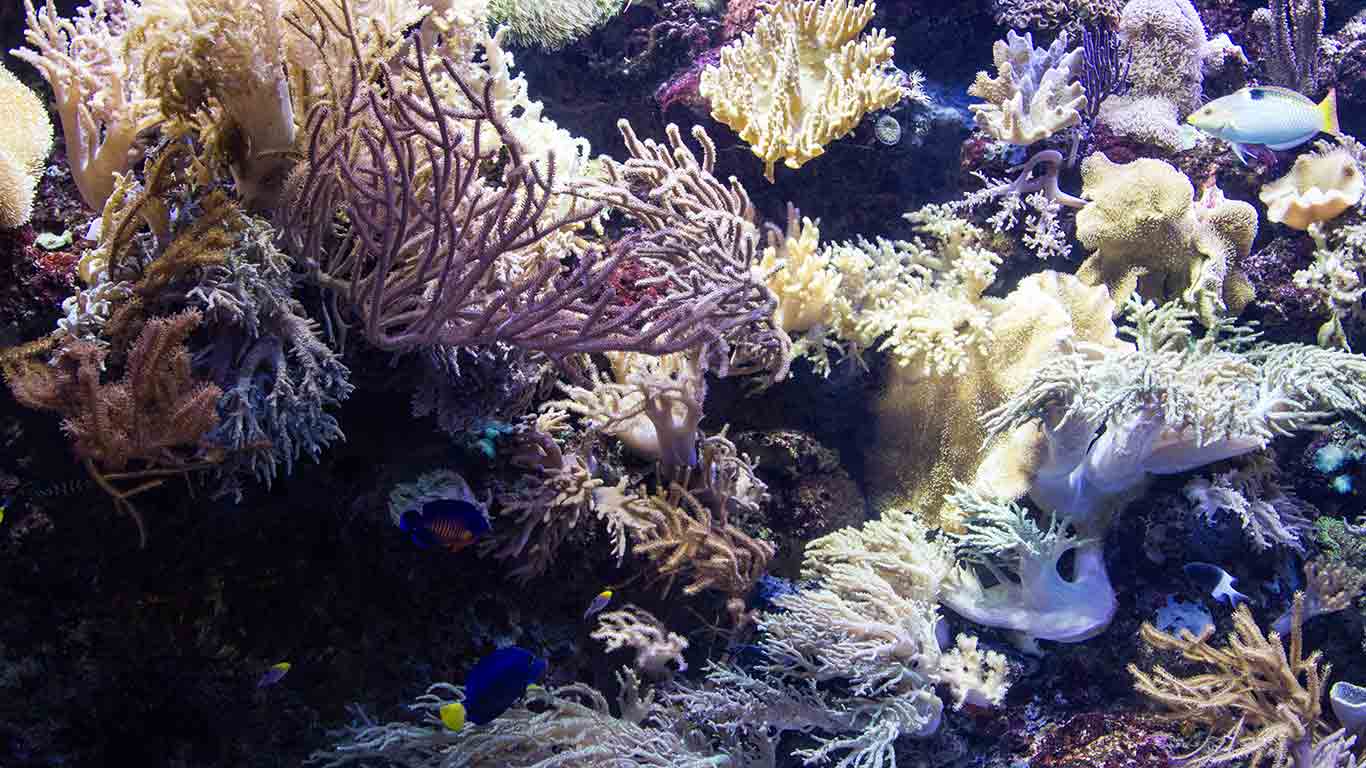
Tips for a Successful Live Rock Aquarium
Creating a successful live rock aquarium requires careful attention to detail and proper maintenance. Here are some essential tips to help you achieve a thriving and beautiful saltwater ecosystem:
- Choose high-quality, porous live rock: Opt for live rock with good porosity, as it provides better filtration and offers more hiding places for fish and invertebrates.
- Avoid overstocking: To maintain a stable ecosystem, resist the temptation to overcrowd your tank. Ensure there’s enough space for marine life to thrive.
- Maintain proper water parameters: Regularly test the water for ammonia, nitrite, and nitrate levels to ensure they remain within acceptable ranges. Use appropriate additives and perform water changes as necessary.
- Introduce new livestock gradually: Minimize stress in the tank by introducing new fish and invertebrates slowly. This gives the existing ecosystem time to adjust and reduces the risk of sudden changes in water chemistry.
- Monitor and control nutrient levels: Nutrient imbalance can lead to excessive algae growth, disrupting the balance of your aquarium. Take steps to control nutrient levels through proper feeding, regular cleaning, and filtration.
- Provide optimal lighting and flow: Corals and other organisms in your live rock aquarium rely on adequate lighting and water flow for their health and growth. Choose lighting systems suitable for your tank and ensure proper water circulation.
By following these tips, you’ll create the ideal conditions for your live rock aquarium, fostering a diverse and vibrant marine environment.
The Best Live Rock for Your Aquarium
When it comes to selecting the best live rock for your aquarium, it’s important to consider your preferences and needs. Look for rocks that possess high porosity, vibrant colors, and signs of thriving life. Aquacultured rock, which is grown in the ocean, can be a great choice due to its quality and suitability for marine organisms. However, you may also consider starting with a combination of dry, dead rock and live rock, allowing the live rock to gradually spread and populate over time.
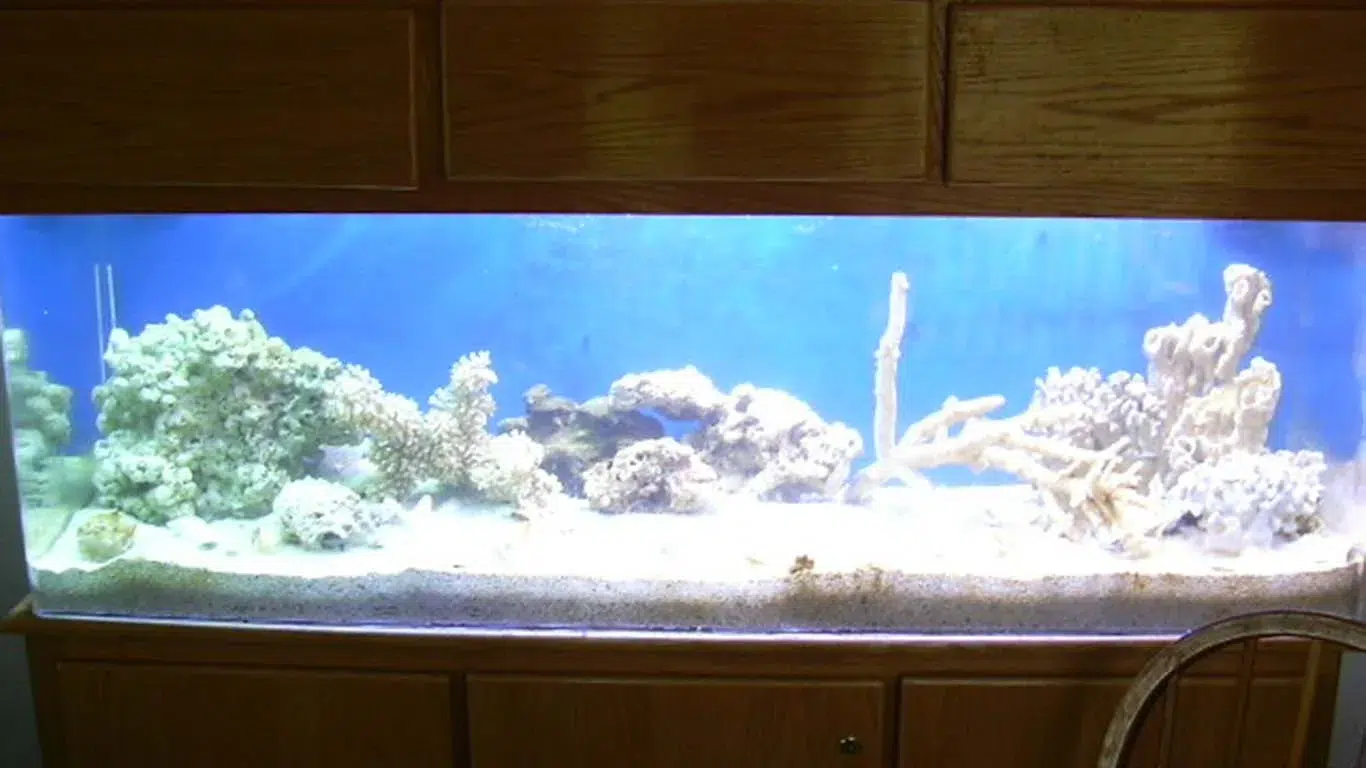
Experimenting with different types of live rock can be a rewarding experience as you discover what works best for your tank. Here are some factors to consider:
- Porosity: Choose rocks that are porous, as they provide better bacterial colonization and offer more hiding places for fish and invertebrates.
- Colors and Life: Vibrant colors and signs of growth indicate a healthy and thriving ecosystem that can support a diverse range of marine life.
- Aquacultured Rock: Aquacultured live rock is carefully cultivated, making it a reliable option that ensures high quality and suitable conditions for your aquarium inhabitants.
- Combination Approach: Combining dry, dead rock with live rock allows for a gradual colonization of beneficial organisms, helping to establish a balanced ecosystem.
Remember, every aquarium is unique, and finding the best live rock for your setup may involve some trial and error. Take your time to observe how different types of live rock interact with your tank’s environment, and adjust accordingly to create a thriving and visually appealing aquatic world.
Curing Live Rock: A Vital Step
Before adding live rock to your tank, it is crucial to go through the process of curing. This essential step allows any organic matter that may have died during transport to decay and promotes the cycling of your tank. Curing the live rock ensures a healthy and stable environment for the marine organisms you plan to introduce.
So, how do you cure live rock? It’s a simple process that requires patience and monitoring. Start by adding the live rock to your tank, making sure to arrange it in a way that maximizes water flow and provides ample hiding places for your fish. Once the live rock is in the tank, your next task is to monitor the levels of ammonia and nitrite.
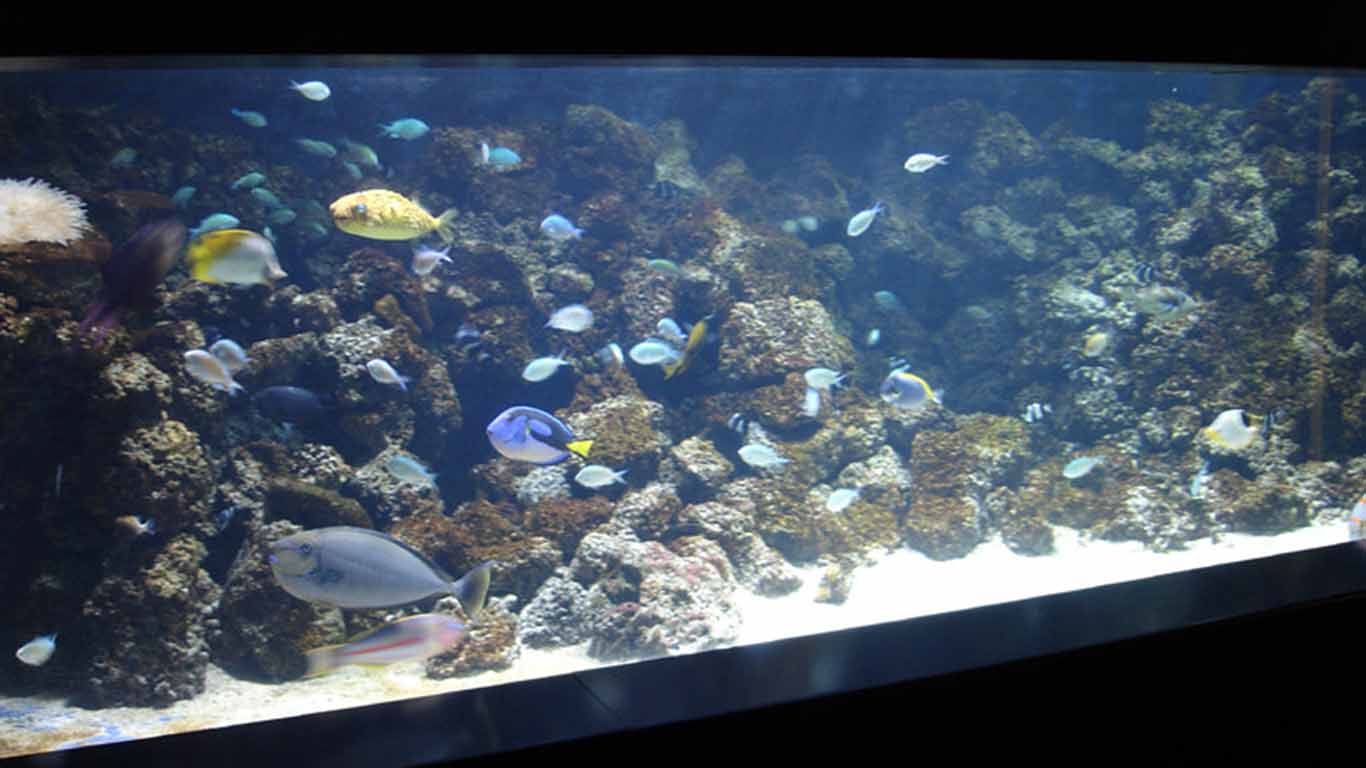
Remember: High levels of ammonia and nitrite can be harmful to your tank’s inhabitants. Monitoring these levels during the curing process is vital to ensure a successful outcome.
As the curing process progresses, you will notice that the initial ammonia levels will rise and then start to decline. This is a natural part of the process as the organic matter decays and your tank begins to cycle. Keep a close eye on the nitrite levels as well.
| Steps for Curing Live Rock: |
|---|
| Add live rock to your tank |
| Monitor ammonia and nitrite levels |
| Perform water changes to reduce nitrate levels |
| Ensure ammonia and nitrite levels return to 0ppm |
Throughout the curing process, it is important to perform regular water changes to help reduce the levels of nitrate. This will help create a healthier and more stable environment for your tank’s future inhabitants. Once the nitrite level returns to 0ppm, the live rock is considered cured and ready for the next step.
Remember to be patient during the curing process, as it can take several weeks to complete. But rest assured, the effort and time you invest in properly curing your live rock will pay off in the form of a thriving and balanced saltwater aquarium.
Arranging Live Rock in Your Aquarium
When it comes to arranging live rock in your aquarium, there are a few key considerations to keep in mind. Creating a well-designed structure not only enhances the visual appeal of your tank but also ensures optimal water flow and provides hiding places for your fish to feel secure.
One important aspect of arranging live rock is stacking it effectively. To promote better water flow and increased sifting, it’s recommended to keep the rock pieces slightly off the sand bed. By doing so, you allow water to circulate freely and prevent debris from accumulating in the rocks.
Another crucial factor is to avoid blocking the back of your tank. This ensures that there is sufficient visibility and unrestricted flow throughout the aquarium. A cluttered back can impede circulation and lead to stagnant areas, negatively impacting the overall health of your aquatic environment.
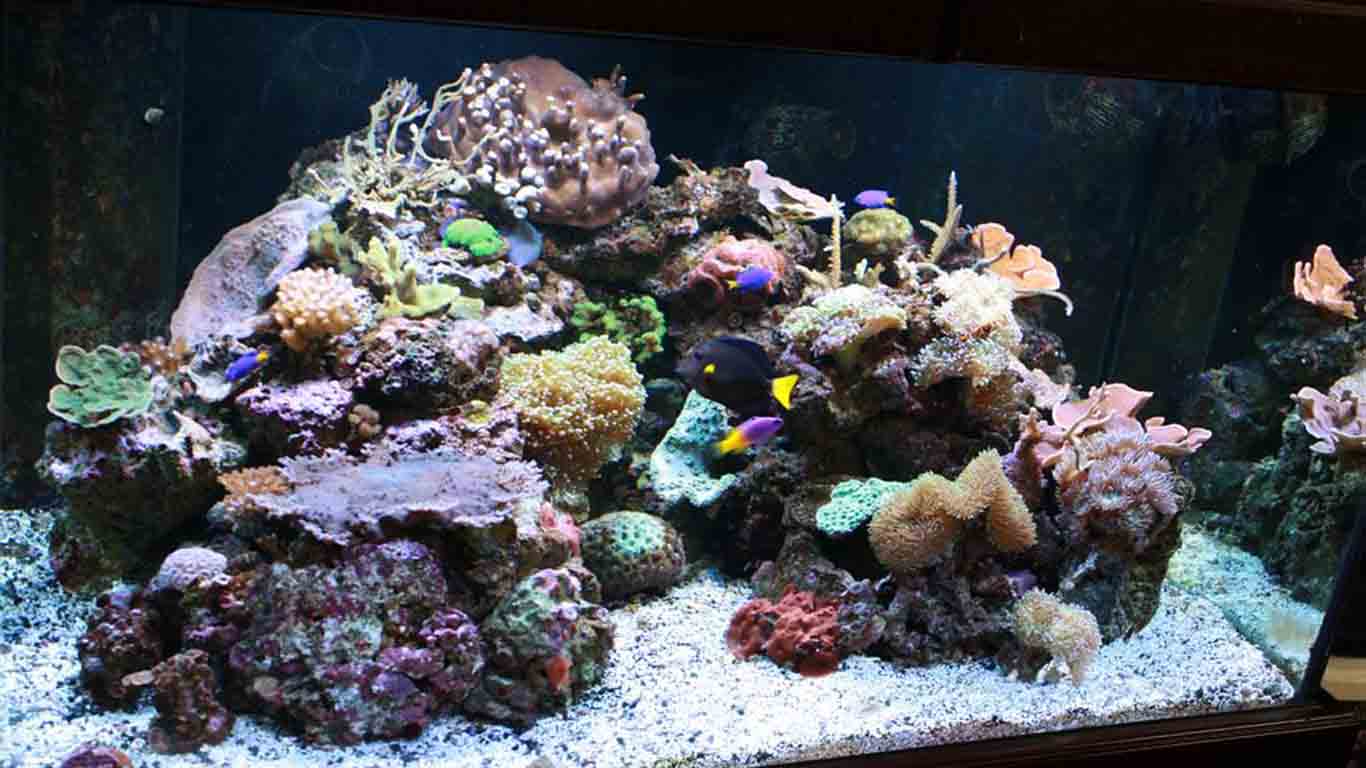
When it comes to the actual stacking of the live rock, you have a couple of options. You can go with a more natural-looking arrangement, allowing the rocks to naturally fit and interlock with each other. Alternatively, you can utilize zip ties or acrylic rods to achieve a more stable structure and create custom designs.
It’s also essential to consider the needs of your fish. Ensure that your largest fish have suitable hiding places within the rock structure. This helps minimize stress and provides them with a comfortable and secure space.
Now, let’s take a look at an example of how you can arrange live rock in your aquarium:
| Arrangement Style | Description |
|---|---|
| Natural Stacking | A spontaneous arrangement where the rocks interlock loosely, creating a rugged and organic-looking structure. |
| Utilizing Zip Ties | Attaching the rocks together using zip ties to ensure stability and create specific shapes or formations. |
| Using Acrylic Rods | Inserting acrylic rods through the rocks to secure them in place and allow for more creative arrangements. |
Remember, the arrangement of your live rock should not only be aesthetically pleasing but also functional for the well-being of your aquatic inhabitants. Create an environment that mimics the natural structures found in the ocean, providing your fish with a home that promotes their overall health and happiness.
Pros and Cons of Live Rock vs. Dry Rock
When it comes to building your saltwater aquarium, choosing between live rock and dry rock is a crucial decision. Both options have their advantages and drawbacks, so let’s explore the pros and cons to help you make an informed choice.
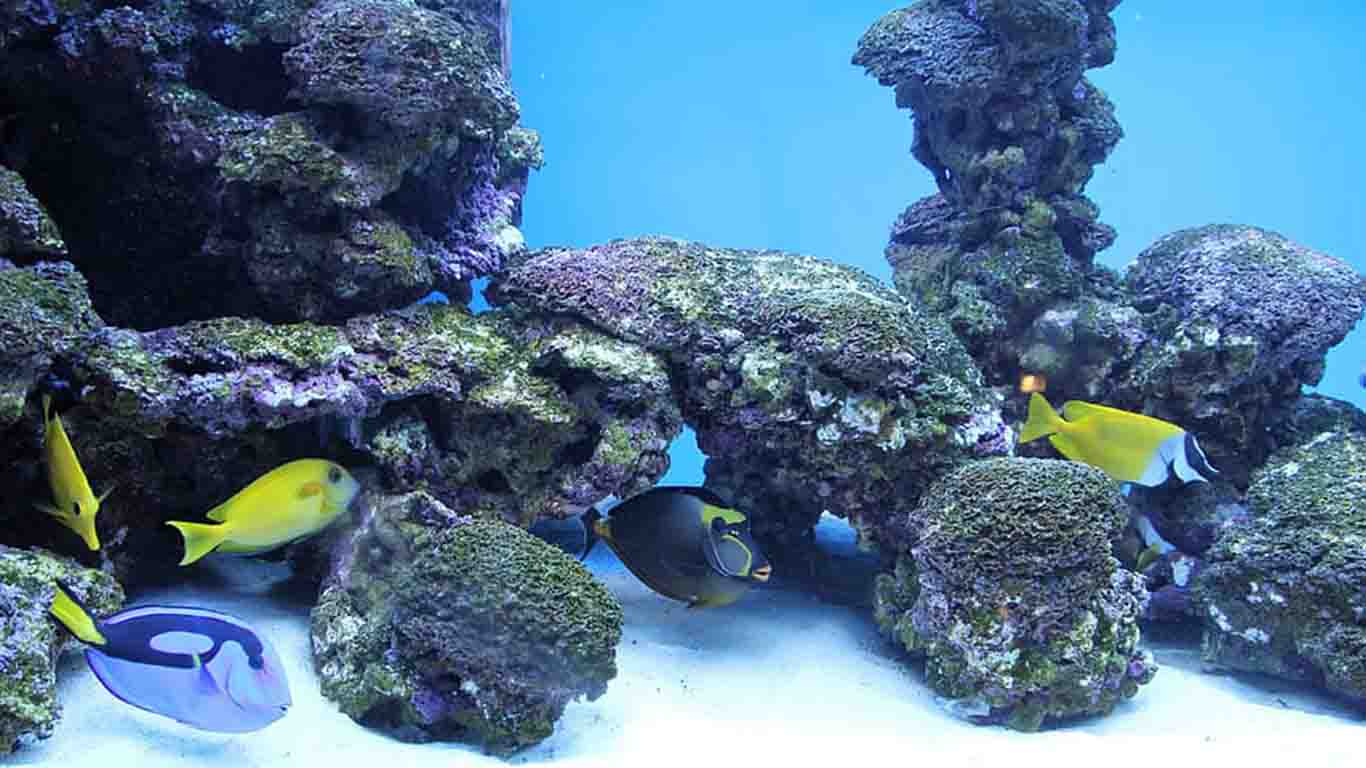
Live Rock
Pros:
- Immediate Biological Filtration: Live rock is already populated with beneficial bacteria and microorganisms, which kick-starts your tank’s biological filtration process.
- Natural Beauty: Live rock features unique shapes, colors, and textures that create a visually stunning underwater landscape.
- Potential for Coralline Algae Growth: Coralline algae can thrive on live rock, adding vibrant colors and enhancing the overall aesthetics of your aquarium.
Cons:
- Hitchhikers: Live rock can come with hitchhikers such as bristle worms, crabs, or other unwanted organisms that may require removal or management.
- Expensive: Live rock tends to be more costly due to its harvesting, shipping, and maintenance requirements.
Dry Rock
Pros:
- Reduced Risk of Unwanted Organisms: Dry rock is typically free of hitchhikers, eliminating the potential introduction of invasive species or pests.
Cons:
- Longer Cycling Process: Dry rock lacks the existing beneficial bacteria found in live rock, so it may require a longer cycling period to establish a stable and healthy tank environment.
- Lack of Immediate Aesthetic Appeal: Dry rock may appear dull initially, lacking the vibrant colors and growth seen in live rock. However, over time, it can develop its own beauty as coralline algae and other organisms colonize the rock.
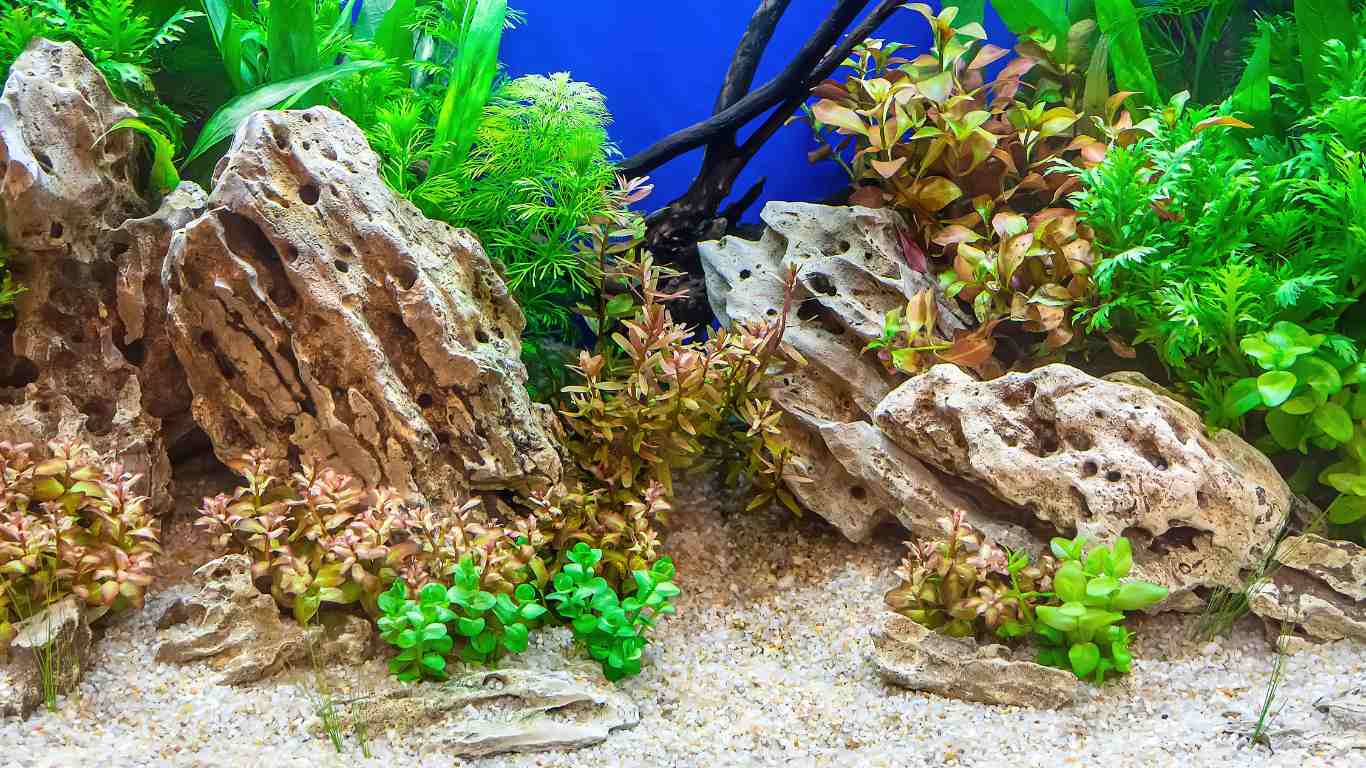
Ultimately, the choice between live rock and dry rock depends on your preferences, budget, and willingness to manage and control potential hitchhikers. If you prioritize immediate biological filtration, natural beauty, and the potential for coralline algae growth, live rock is the way to go. However, if you prefer to minimize the risk of unwanted organisms and are willing to be patient for the cycling process, dry rock can be a suitable alternative.
| Live Rock | Dry Rock |
|---|---|
| Immediate Biological Filtration | Reduced Risk of Unwanted Organisms |
| Natural Beauty | Longer Cycling Process |
| Potential for Coralline Algae Growth | Lack of Immediate Aesthetic Appeal |
| Hitchhikers | |
| Expensive |
Join the Pet Planet Diaries
Sign up for our newsletter to get the latest tips, stories, and exclusive insights into the wonderful world of pets.
Final Remarks
Live rock is an indispensable component of a saltwater aquarium, offering numerous benefits that contribute to the overall health and beauty of the tank. Its primary role in providing biological filtration ensures optimal water quality by breaking down harmful substances and helping maintain a stable and thriving marine ecosystem.
Additionally, live rock supports nutrient cycling, preventing the buildup of excess nutrients that can fuel unwanted algae growth. The rock’s porous nature provides a natural habitat for beneficial bacteria, which further aids in maintaining water clarity and stability.
Furthermore, live rock enhances the visual appeal of the aquarium, serving as a natural base for corals and marine organisms. The vibrant colors and intricate formations of the rock create a visually stunning underwater landscape, adding depth and interest to the tank.
By carefully selecting high-quality live rock, following proper setup and maintenance procedures, and adhering to best practices, you can unlock the full potential of your saltwater aquarium. Embrace the benefits of live rock and experience the joy of a thriving, vibrant, and captivating marine ecosystem in your own home.
FAQ
What is live rock aquarium?
A live rock aquarium is a saltwater aquarium that incorporates live rock, which is calcium-based rock that serves as a filtration system and provides habitat for marine organisms.
What is the importance of live rock in a saltwater tank?
Live rock is vital in a saltwater tank as it provides biological filtration, enhances water quality, supports coral growth, and promotes biodiversity.
How do I choose the right live rock for my aquarium?
When selecting live rock, consider factors such as porosity, signs of growth, and source. Aquacultured rock and high-quality, porous rock are recommended choices.
What is the difference between live rock and artificial rock in an aquarium?
Live rock provides natural biological filtration and hosts a diverse community of organisms, while artificial rock lacks biological function but can be chosen for specific aesthetics or to avoid hitchhikers.
How do I set up a live rock aquarium?
To set up a live rock aquarium, determine the recommended amount of live rock, consider using a protein skimmer, and quarantine and treat new rock before arranging it for maximum water flow and fish hiding places.
How do I maintain a live rock aquarium?
Regular water testing, water changes, cleaning, pest inspections, and maintaining adequate flow are essential for maintaining a healthy live rock aquarium.
What are some tips for a successful live rock aquarium?
Use high-quality live rock, avoid overstocking, maintain proper water parameters, introduce new livestock slowly, monitor and control nutrient levels, and provide adequate lighting and flow.
What is the best live rock for my aquarium?
The best live rock depends on factors such as porosity, signs of life, and preferences. Look for high-quality, porous rock with vibrant colors and signs of thriving life.
Why is curing live rock important?
Curing live rock is a vital step as it allows organic matter to decay, promotes tank cycling, and ensures the rock is safe for your aquarium before adding livestock.
How should I arrange live rock in my aquarium?
When arranging live rock, create a structure that maximizes water flow and provides hiding places for fish. Stack the rock, keeping pieces off the sand bed, and avoid blocking the back of the tank.
What are the pros and cons of live rock vs. dry rock?
Live rock offers immediate biological filtration and natural beauty but can come with hitchhikers and be more expensive. Dry rock reduces the risk of unwanted organisms but may take longer to cycle and lacks immediate aesthetics.
What are the benefits of live rock in an aquarium?
Live rock in an aquarium provides biological filtration, enhances water quality, supports coral growth, promotes biodiversity, and creates an aesthetically pleasing underwater landscape.

